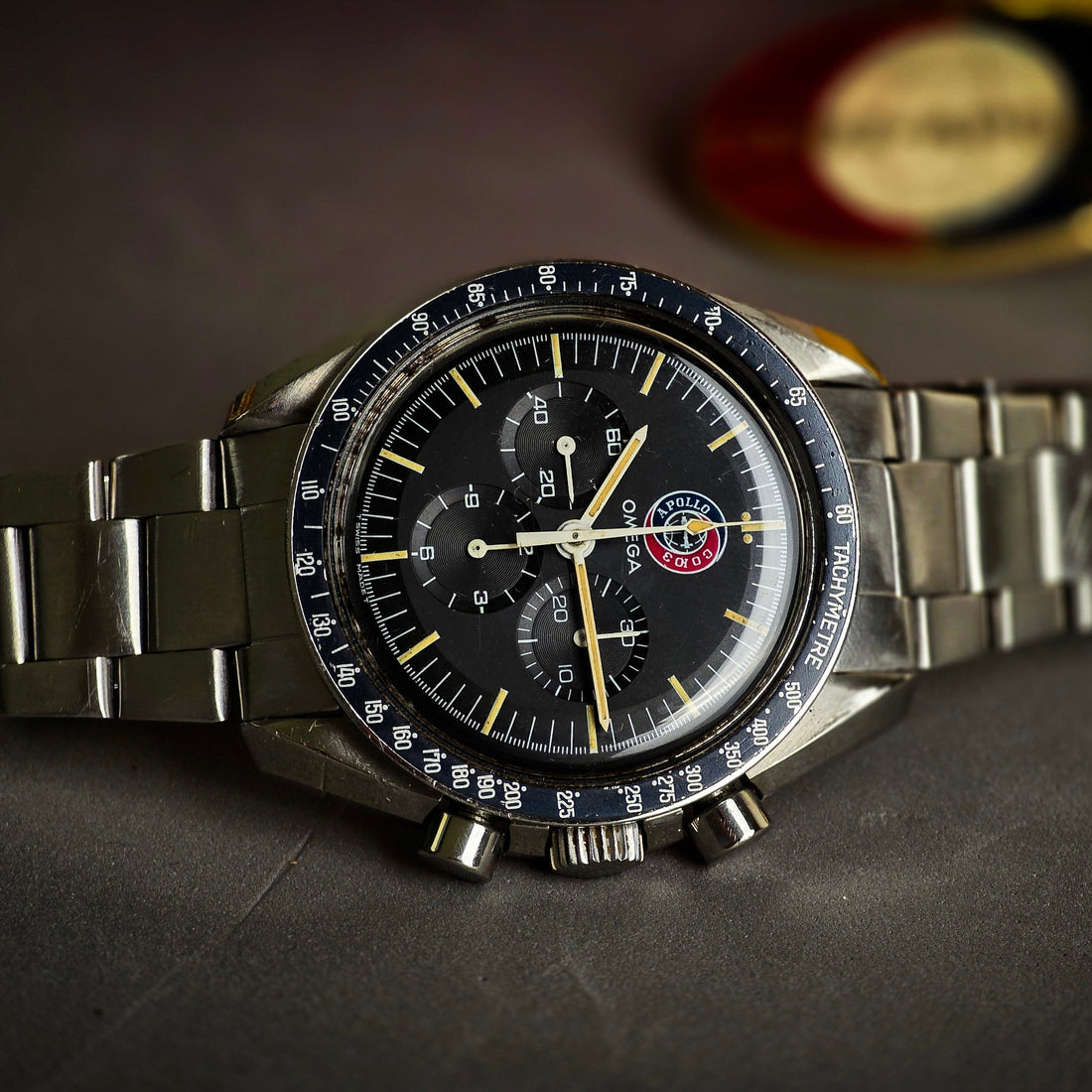July 17, 2025 will mark the 50th anniversary of the Apollo-Soyuz mission.
The only moment of détente, in eighty years of opposition, of the two US/USSR powers.
Today's socio-political moment, marked by new conflicts and new fears takes us back to what now seemed to be a closed or at least dormant history.
The world has been divided into two blocs, for almost fifty years, with the constant shadow of atomic conflict.
The Cold War, never more than today, albeit with different scenarios and protagonists, is back in the news (unfortunately).

The “Cold War” lasted from the end of World War II until 1991, the U.S. and the Soviet Union challenged each other on all levels, and in those years there was no international event that was not influenced, more or less directly, by their opposition, among them also the conquest of space . The confrontation ended only when one of the two powers, the USSR, declined.
The Cold War was the political, economic, ideological and military confrontation that pitted the United States and the Soviet Union between the end of World War II and the early 1990s. The term “cold,” within the expression “Cold War,” refers to the fact that there was no actual direct military confrontation between the two sides.
The space race began in 1957, when the USSR put the first artificial satellite, Sputnik 1, into orbit. The United States and the Soviet Union, building on the rocket technology developed by the Germans during World War II, competed to see who could reach “space goals” first. The two countries invested enormous resources in missions beyond the Earth's atmosphere because, in the dynamics of the Cold War, excelling in the space race was considered a must-have goal.

The Apollo-Soyuz Test Program (ASTP) was the first collaboration between the United States of America and the Soviet Union in spaceflight. On July 17, 1975, an Apollo program spacecraft and a Soyuz capsule docked in Earth orbit, allowing the two crews to be able to transfer from one spacecraft to the other.
At first, the USSR prevailed and was able to achieve major milestones, such as launching the first man into space, but later the United States caught up and defeated its rivals in the goal of sending a human mission to the Moon and returning safely to Earth in 1969.

That mission signified a clean break with the past, which had been characterized by a real race to space. In practice, the mission was the result of the first collaboration between the two superpowers' space programs, which until that time had been merely characterized by competition of one against the other. Missile technology had become a fundamental basis of the arms race (including atomic ones), and therefore peaceful collaboration in space was a clear political signal of the desire for mutual peace.
The Astp mission was probably the final act of the so-called “Cold War”: it showed the world that two enemy nations could also successfully collaborate on an extraordinary project. Unfortunately, soon afterwards a period of deterioration in their relations began due to some international events (e.g. Soviet war in Afghanistan, Poland). Eighteen years had to pass for the beginning of a new collaboration (the Shuttle-Mir program, announced in 1993), a prelude to the construction of the International Space Station (Iss), the first planet-wide space project (it should be mentioned that 50 percent of the Iss modules were built in Italy).
However, everything can be traced back to the Astp program, in which the procedures for collaboration were defined and the connections (which were fundamental, because they were based on mutual esteem and respect) were made between key people in the Soviet Union and key people in the United States.


The Apollo-Soyuz-ITA is a limited series of 500 in the world and has quite a few special features:
- Mission logo at 12 o'clock on the dial






There are Omega Speedmaster Soyuz watches with movement numbers outside the batch recognized by Omega.
The number of these out Bach seems to correspond to about 150 examples, which were apparently assembled by the De Marchi firm in Turin from original parts and under license from Omega.
This information, however, has never been confirmed by Omega, which indeed disowns these examples as its own production.
Not having confirmation from the parent company, Omega collectors/purists consider as “real” Soyuz only those with movement falling within the aforementioned batch.
The Apollo Soyuz is among the most important watches made by Omega and among the most desirable by vintage collectors.
The Apollo Soyuz, is also, a watch that has given so much satisfaction from a valuation point of view as well, seeing its shares continually rise with each new major auction.



